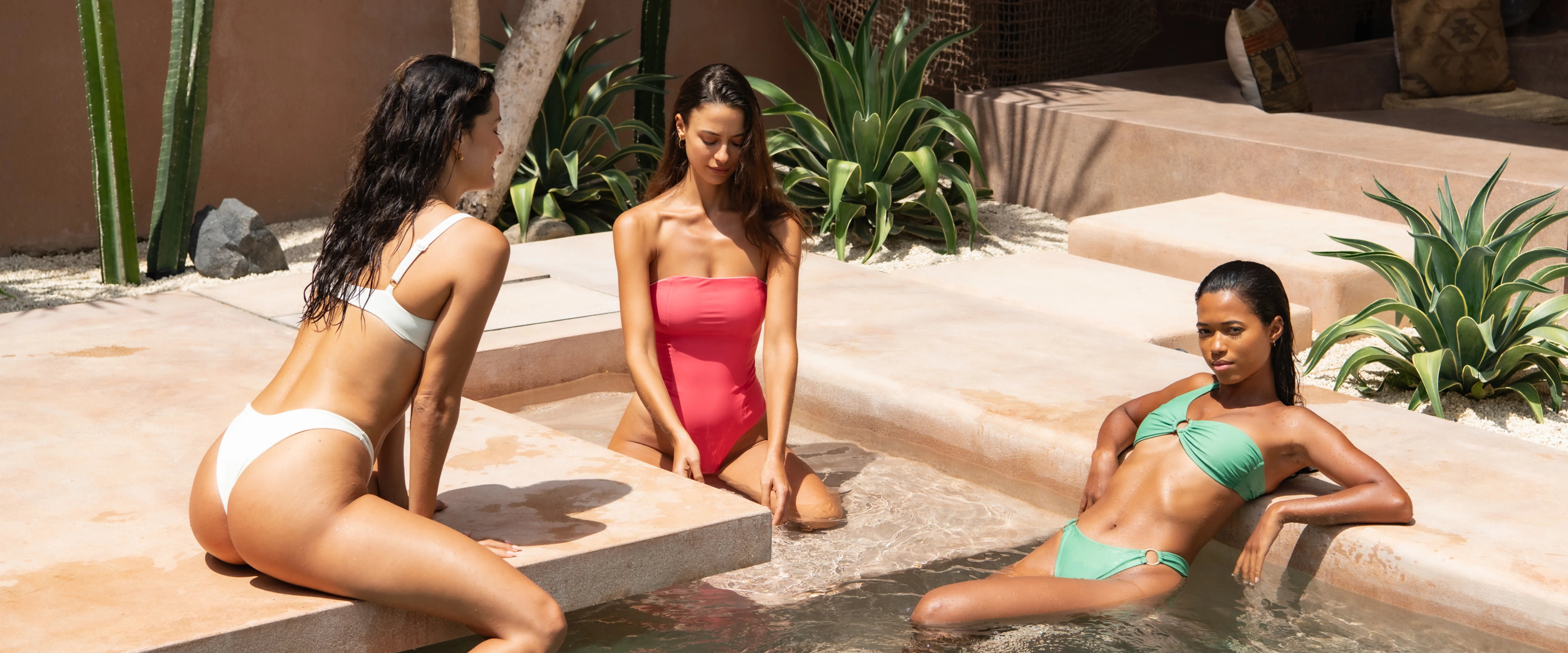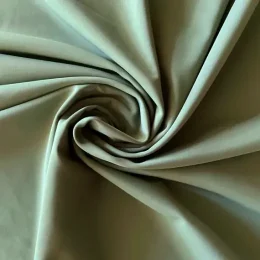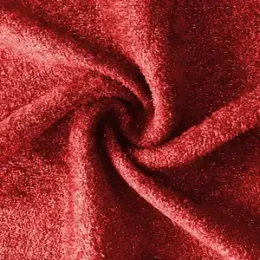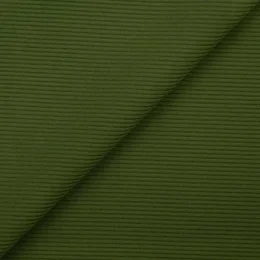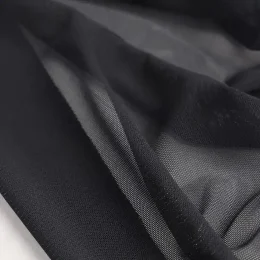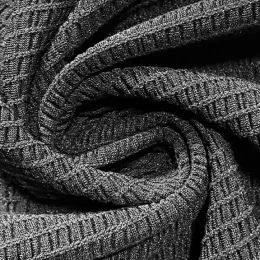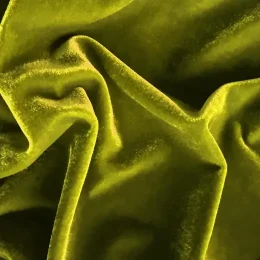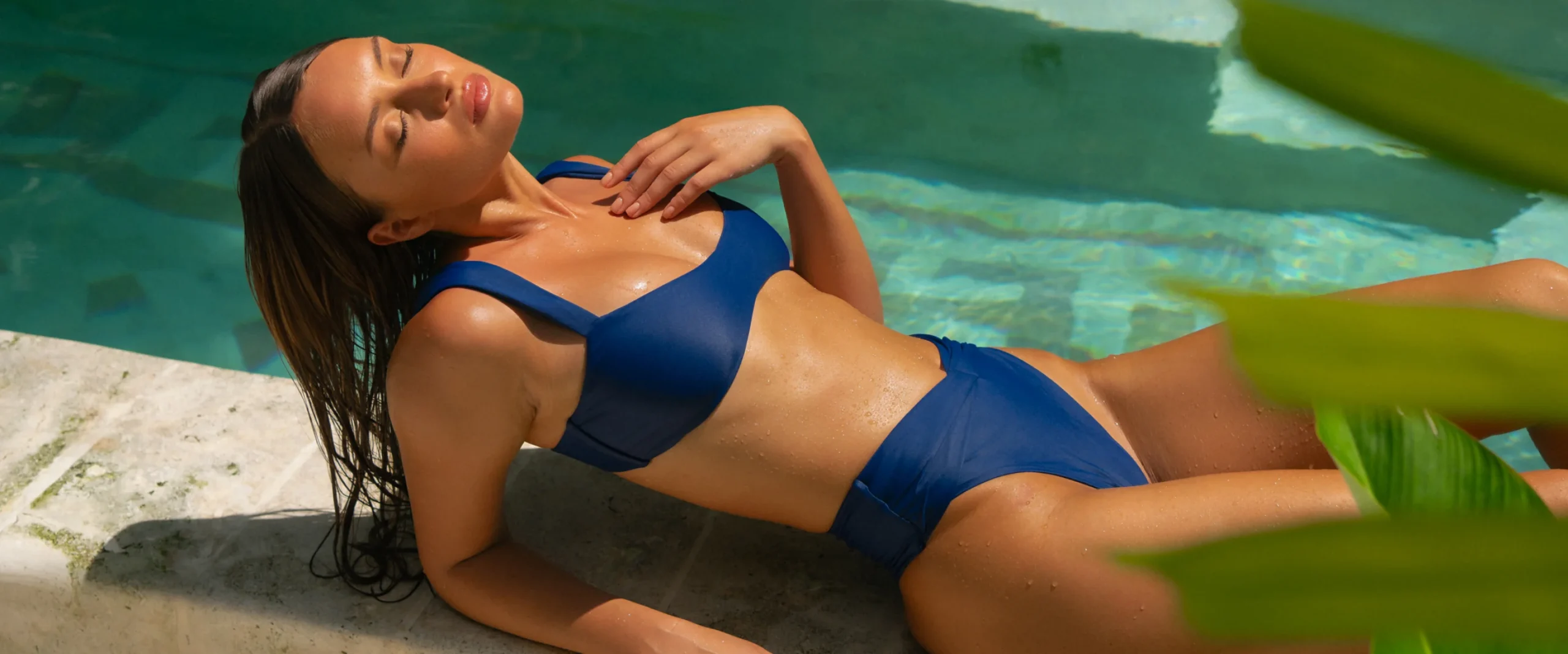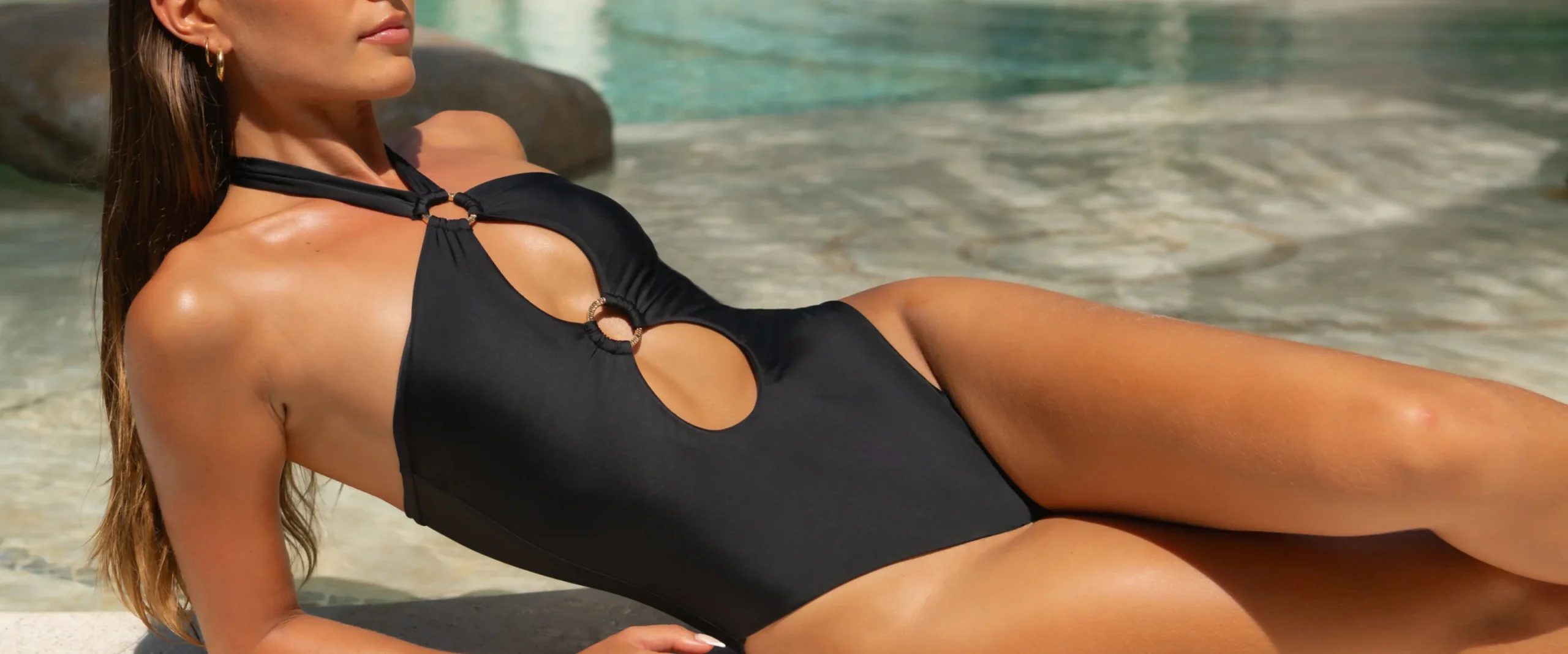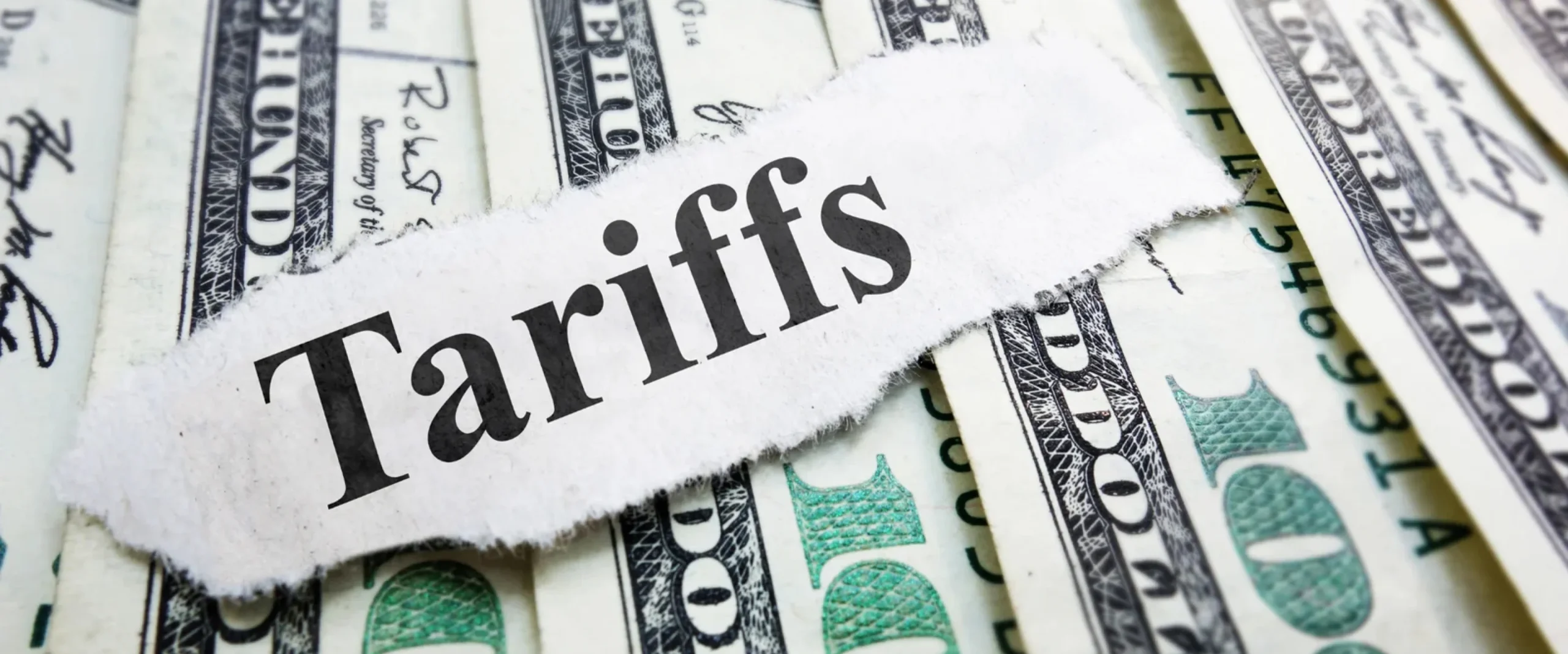The Best Swimsuit Fabric, A Guide for Swim Labels
Whether you are a start-up brand, an aspiring swimwear designer, or simply just looking to buy your next bikini, one of the most important factors is choosing the right swimwear fabric for you. In this guide, we will be covering and comparing the most popular materials along with their characteristics and uses.
The vast majority of swimwear fabrics are made with nylon blends and, to a lesser degree, polyester. These are usually blended with a material called elastane at usually 10-20% due to its unique stretch attribute allowing it to expand up to 8 times its original size, allowing the fabric to have that stretchy and body-hugging effect.
Elastane is the generic name of the synthetic fibre. However, you may know it as Lycra® or Spandex®, which are two famous brands that produce their own branded versions of elastane.
On top of this, elastane on its own provides excellent UV protection and moisture-wicking properties, meaning your swimsuit will dry much faster.
When blended with the major fabric blends, nylon & polyester, these synthetics will dry super fast and have great UV protection as they have tightly woven threads.
Some brands are also looking to print motifs on their fabrics; in each of the options below, we will cover exactly how printing on each material differs.
Major Fabric Options
1. Nylon Fabric Blends


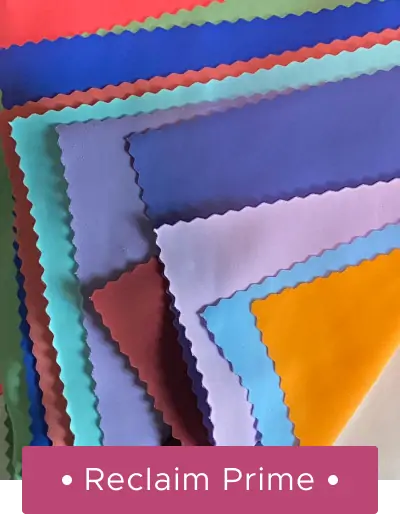
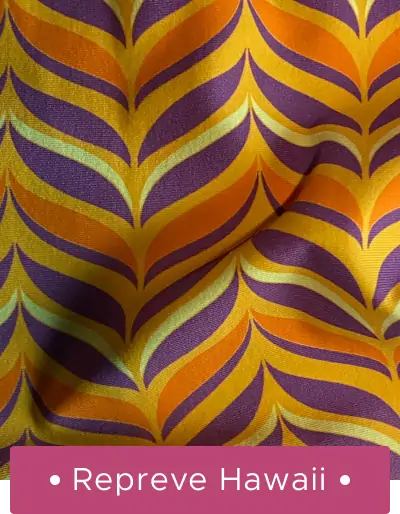
Nylon is easily the most popular fabric choice in the female fashion industry. This is because nylon blends are super soft, silky, stretchy and hugs your body well.
Also called Polyamides, these blends are usually around 80% nylon and 20% elastane and are just slightly more expensive than polyester whilst feeling much more luxurious.
It’s popular for start-up brands to begin with just plain colours on nylon and then expand to include prints in future orders. This is due to lower minimums for plain colours compared to digital print. Once brands launch their digital print collections, we find that prints sell out faster.
Nylon is also printable with a digital print machine, providing crisp results with excellent depth of colour along with being colourfast, lasting longer than the other fabric options. You may hear from other Bali swim suppliers that nylon is not printable or will be blurry and bleed, but that is only because they try to print on nylon using a method called sublimation print, which is much cheaper to make locally.
However, at Swimwear Bali, we bridge this gap with our tax-free license, allowing us to provide similar prices with digital printing as other manufacturers provide for sublimation printing.
Qualities
- Texture: Super Soft & Silky
- Stretch: Very Good
- Print method: Digital Print
- Durability: Strong
- UV Resistance: Good
- Chlorine Resistance: Good
- Dry: Quick
2. Polyester Fabric Blends


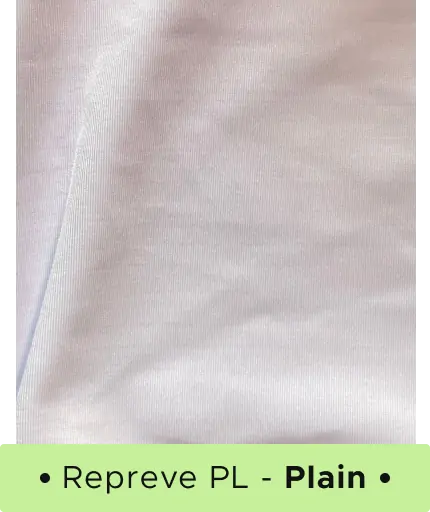
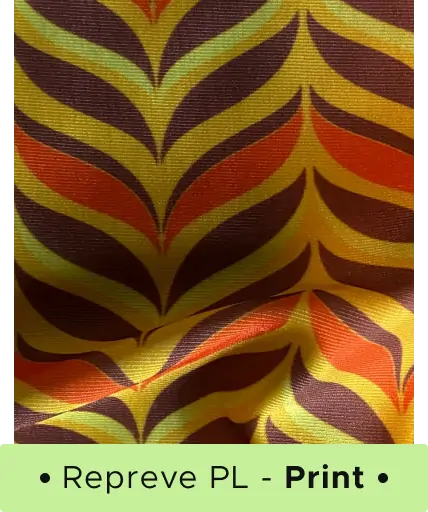
Polyester is the second fabric choice for swimwear start-ups, the blends are harsher than nylon with slightly less stretch and slightly cheaper.
Polyester is very popular in Bali due to its availability in Bali, other suppliers are unable to import significant amounts of nylon at affordable prices, which is something we are able to assist with, once again, due to our tax-free import license.
These blends are typically also mixed with an elastane for stretch. As there are hundreds of polyester blends, all from different producers, the quality can vary depending on the textile mill.
Printing on polyester is done via a sublimation method, which results in lighter colours and print fading after each use.
Note. Beware of other manufacturers, as they are most likely going to call sublimation printing on polyester “digital printing” or “digital sublimation printing”. This is misleading as the only part of this printing method that is digital is the computer used to make the motif/print; the method of printing is always sublimation printing.
Qualities
- Texture: Soft
- Stretch: Good
- Print method: Sublimation
- Durability: Strong
- UV Resistance: Good
- Chlorine Resistance: Good
- Dry: Quick
Other Factors to Consider When Selecting Your Fabric.
Sustainability
In the past, swimwear fabrics were made using virgin yarns, which means that they were made using completely new resources and producing large amounts of emissions & waste. Recently, with the ever-growing demand for sustainable options in the industry, several companies have taken that step and started producing sustainable and recycled swimsuit fabrics.
The most popular of these are Econyl® & Repreve®, based in Italy and the US, respectively.
Both of these producers use pre & post-consumer waste, such as plastic bottles & discarded fishing nets, to produce regenerated yarns that are exactly like virgin yarns. The main difference between these two is that Econyl® focuses on making regenerated nylon while Repreve® is focused on making regenerated polyester yarns.
They both contribute to helping the environment by recycling discarded materials into high-quality yarns used in the production of sustainable fashion products, including swimwear. They help reduce waste, conserve resources, and minimise the environmental impact of textile production.
As these are just yarns, they need to be turned into fabrics; one of the most popular is the Italian-based company Carvico, which works with Econyl yarns to produce sustainable fabrics for us to use.
Not only are the fabrics and yarns important, but as times progress, consumers are putting more emphasis on ethical manufacturing methods.
Working with us, you can guarantee you’re working with not only sustainable fabrics but also that we are an open and ethical manufacturer, as the government of Indonesia recognised our efforts with the only complete tax-free license for importing fabrics in the whole of Bali.
Weight & Composition
Typically, most swimwear fabrics are around 180 gsm (grams per square meter), with lighter fabrics being rare as they will most likely be somewhat transparent, meaning you will have to do a double layer to mitigate the problem, and heavier fabrics tending to be more textured or ribbed.
They are typically composed of 80% Nylon and 20% Elastane, with more elastane being more stretchy. However, two fabrics with the same composition are most likely going to feel different from different manufacturers, so it’s always best to feel the fabric yourself; most likely, your supplier is going to have fabric packs or starter packs available to buy; this is our recommended path.
Types of Swimwear Fabric Textures
From textured fabrics to super soft velvet, there are quite a few different textures you can come by in the industry, below we will list out the most popular choices.
Plain
This is the most common texture you’ll find; as the saying goes, less is more, and in this case, there’s nothing truer. You most likely already know popular choices such as Carvico Vita or Repreve Hawaii due to their quality, durability and eco-friendly attributes.
Shiny
This texture has a glossy/reflective surface, usually for more luxurious finishes on your swimwear. However, sustainable or recycled options that feel soft are somewhat harder to find; for example, Carvicos Sumatra is not recycled. We provide our own in-house blend for this called Eco-Lurex, which is our version of a shiny fabric for those who want a sustainable and recycled option.
Ribbed
These fabrics have raised ridges running throughout the fabric, the ridges create a striped effect, providing an extra dimension to your swimwear. Whether used as an accent or as the main feature, these ribbed textures can make your swimwear collection stand out.
Mesh
These fabrics feature a grid-like structure with small open, breathable weaves, more often used for accents to your design rather than a standalone piece, as these mesh fabrics are quite transparent.
Mesh inserts or panels can create a striking contrast against solid or patterned fabrics, offering a modern aesthetic.
Ruched
Ruched is similar to ribbed; the difference between them is ruched features small, gathered pleats or folds, rather than the striped look of ribbed, also creating a textured surface that adds dimension and detail to your swimwear designs.
Velvet
Velvet is a luxurious fabric known for its soft, plush texture and rich appearance. Traditionally made from pure silk. However, you won’t find these around anymore as they are extremely expensive. Instead, you find a blend in either cotton, nylon, polyester or viscose. These materials offer more affordable options while still providing the plush texture and rich appearance associated with velvet.
Less Used Materials
1. Neoprene
A synthetic rubber that is very popular for diving suits and wetsuits due to their great insulating properties keeping you warm while in the water. Its ability to maintain shape and structure, even when wet, ensures a snug and comfortable fit at all times. Its resistance to abrasion and chemicals further enhances its suitability for specific types of swimwear, ensuring longevity and durability in harsh environments.
Neoprene is usually a thicker fabric requiring different methods of stitching than normal swimwear fabrics.
2. Natural Fabrics
There are many fabrics that fall under this category, from cotton to rayon to linen, all with different qualities. These types of fabrics are much less popular for swimwear as they tend to hold a lot of water and dry slowly, also making you slower and heavier while wearing them. They also tend to lose their shape when they get wet. Generally not a suitable swimsuit fabric.
So unless there is a specific reason you are looking to use these fabrics, we highly suggest not using them.
What's The Best Swimsuit Fabric?
Ultimately, the best swimwear fabric will be the one that covers the needs of your brand.
By carefully assessing factors such as comfort, texture, durability, printability, and sustainability, you can select one that aligns with your brand’s values and objectives.
Nylon blends are generally the best fabric for the majority of consumers, with its superior feel, colour depth and printability.
Polyester is also an option for some as it is much more widely available to most suppliers in Bali with only slightly cheaper prices.
At Swimwear Bali, we have the largest selection of swimwear fabrics & colours to select from on the entire island. Along with that, we scale with your brand from start-ups starting at just 300 pieces to established brands requiring tens of thousands.
If you have any further questions about the fabrics above or would like to start your own swimwear brand today, dont hesitate to contact us
Ready to Starting Your Swimwear Line? Get Started Now


